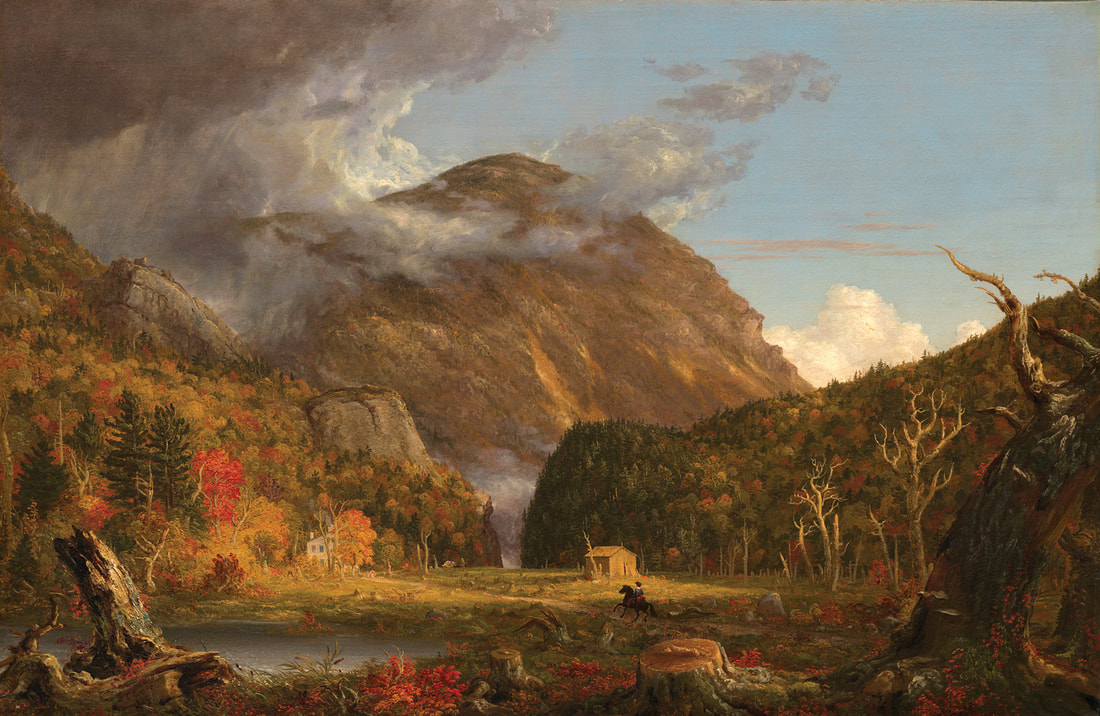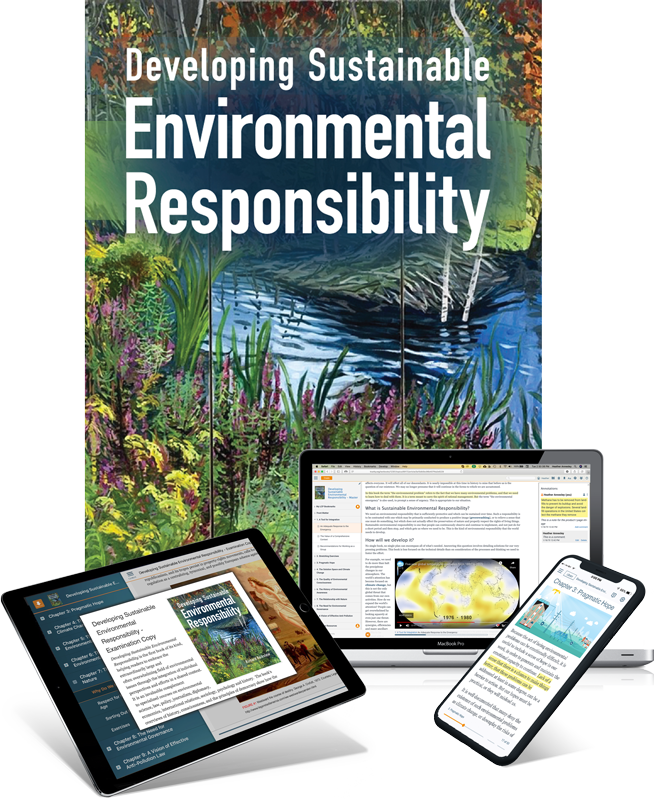[1] Environmental law professor Joel Mintz comments in The Hill that “Even the most cursory examination of the Trump administration’s environmental record reveals an appalling litany of irresponsible, anti-environmental actions.” https://thehill.com/opinion/energy-environment/453453-trump-trashes-the-natural-world-and-calls-it-environmental
In 2019 students in Research for Environmental Agencies and Organizations made some significant contributions to the development of the precious democratic effort to act responsibly on this common ground, for the benefit of all who must find their place here. They helped think through how to secure chemical storage and contaminated sites from the ravages we must now anticipate as a result of climate change, how to keep people from losing their homes when efforts to improve neighborhoods succeed, how to count carbon, how to improve recycling, how to reduce pesticide use, what communities can do to address pollution from gas-powered landscaping, how victims can get compensation from those who recklessly placed lead in products they used, and the information we don’t have regarding the development of products containing nanomaterials. When these complex problems were offered, students eagerly grasped the chance to make a difference. This did not reflect an unwarranted confidence, for they also expressed doubt that they could. But in each case, they succeeded. Response from those who received their work was extremely positive, and students found meaning in having done real work. One wrote:
I am forever grateful... It felt like I was actually making a difference rather than just doing some silly little class project that would be graded and then thrown away. It was incredible to present my work (to clients from a watershed association and the environmental secretariat) and have them be impressed by my work. They didn’t treat me like a kid, they treated me like an actual researcher who had done something actually useful….it was like a puzzle to solve and even though at times it was really confusing that made the reward of solving it all the better.
As I read “A Rush to Drill, Because We Can”, in the New York Times today (William deBuys, likening the opening of the Arctic National Wildlife Refuge to oil drilling to how junkies will steal their mothers’ jewels), I find comfort in thinking about what my students did in such a small amount of time. The horror of unbridled selfishness is not canceled by the perception of hope, but there is a measure of solace in the wider vision of what the world provides. For Cape Cod, Trenton Mulick assessed existing methods of calculating carbon emissions, earning this rave from Liz Argo of the Cape and Vineyard Electric Cooperative: “What a stellar job! The report totally provided the information and comparisons we sought.” For a group of parties interested in safer nanotechnologies Greylin Nielson found business library resources that showed dozens of companies listed as using nanotechnologies, far more than had responded to voluntary surveys from state and federal agencies. Rayner Perdana presented to a community meeting of the town of Lexington, MA on how to prevent “contamination” of recyclables, garnering profuse expressions of gratitude from concerned citizens. Will Chang wrote a clear and concise review of policy options for cities that care about their poorer residents, so that if and when they take action to reduce impacts, the existing community will benefit, instead of being driven out by higher rents. This continues work over several semesters now, as students reliably choose to focus on environmental justice, and immediately grasp the principles that environmental rights are inseparable from human rights, and the built environment is for many the immediate one. Cory Seremetis continued work on what we call “Chemical Resilience”, creating spreadsheets showing chemical storage sites for towns moving to address climate vulnerabilities. Few use the available information reported under the Emergency Planning and Community Right to Know Act, (EPCRA) or even think about how chemical releases can be prevented if we make storage safer before the storm hits, or consider whether we even need the chemical in the first place. It is not easy to go through the lists and find the chemicals that are water reactive, or figure out which facilities have the most dangerous, and local officials need help. EPCRA was rightly established after the Bhopal catastrophe, to make sure that nothing like that murderous event will happen here. But local governments don’t receive funding to implement it.
We are at the entrance of a pass that can take us through the mountains. Storm clouds fill one side of the sky. There is sun as well, in the eyes of young people – like those suing the government in Juliana v. United States for failing to honor its responsibility to protect the very atmosphere - and those taking environmental courses all over this country. We will probably only find our way only by recognizing the meaning of both storm and sun. We can hope that each student seeking to make a difference will be helped to find out how they can do so, and perhaps we can find ways to work with them. I find this of extraordinary therapeutic value as I reel in shock reading the news. See student projects at www.bu.edu/rccp.

 RSS Feed
RSS Feed

